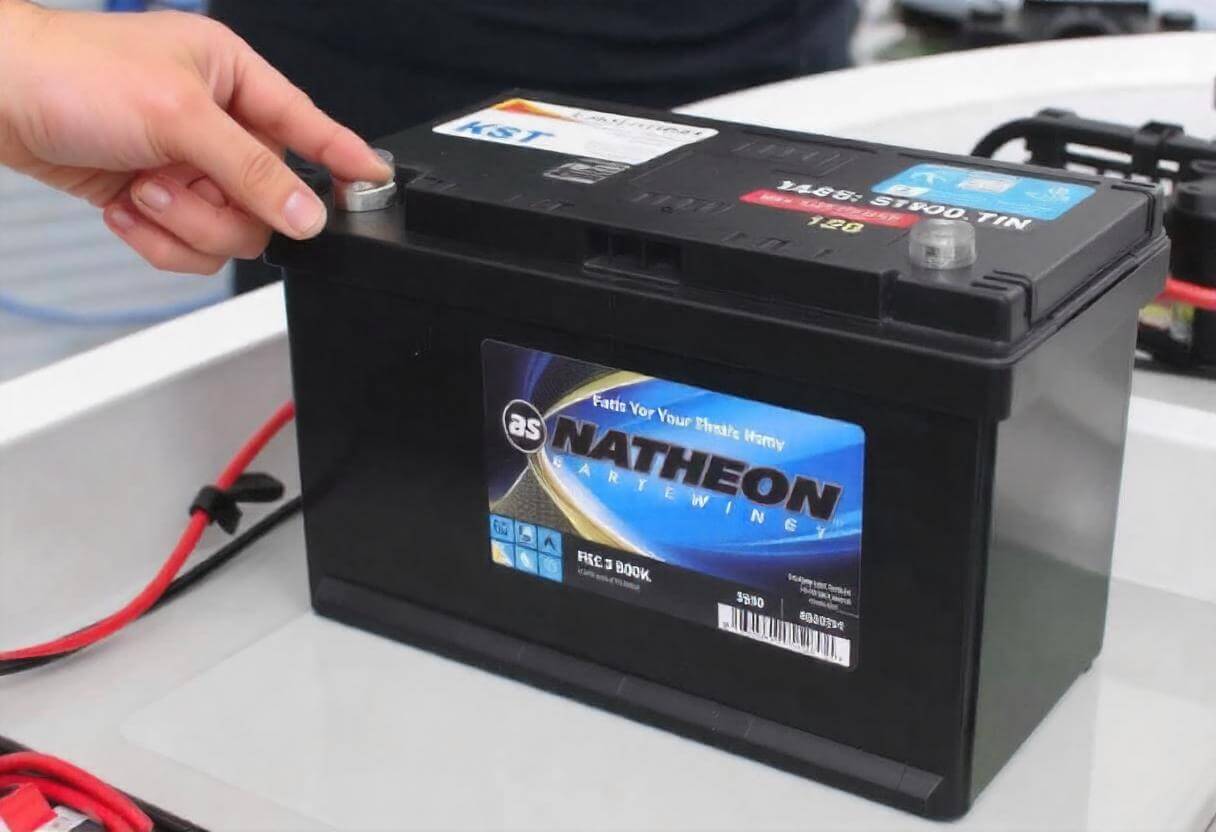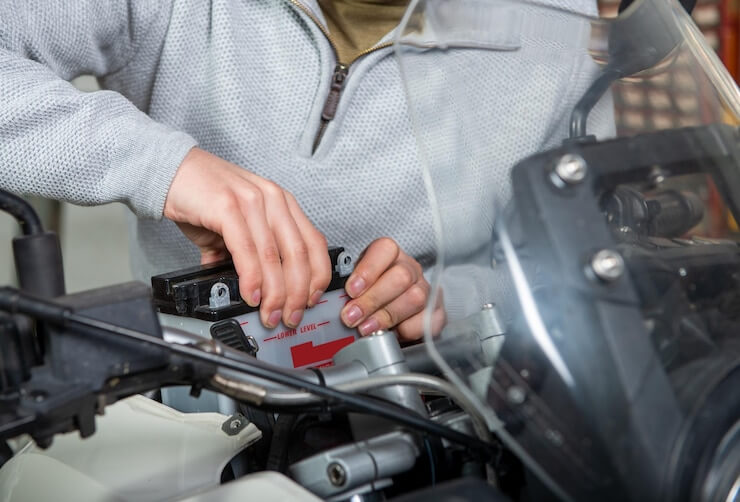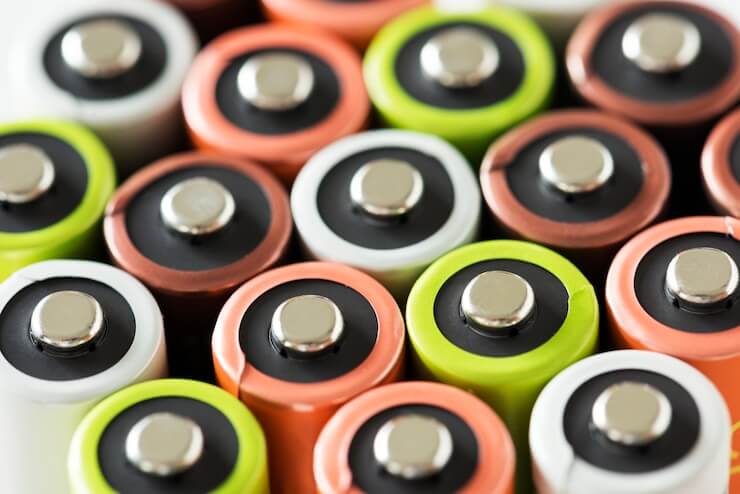Marine batteries are essential for powering boats. It is well known because of its longevity and outstanding performance. However, even marine batteries don’t last indefinitely; over time, they begin to show signs of wear. Recognizing these indicators helps ensure safe, efficient boating by signaling when a replacement is necessary.
In this article, we’ll outline ten warning signs that indicate it may be time to replace your marine battery. Proper maintenance and timely replacement are key to extending battery life and optimizing your boat’s performance.
10 Warning Signs Your Marine Battery Needs Replacement
A reliable battery is essential for boaters to safely enjoy their outings. A failing battery can leave you stranded, far from shore. Lack of maintenance, overcharging, or exposure to corrosive conditions can hasten a battery’s decline. Here are the key signs it’s time to consider a new battery:
1. Difficulty Starting the Engine
If your engine takes longer than 10 seconds to start, it could indicate a weakened battery. An efficient battery should quickly power up the engine. Slow or difficult starts mean the battery is struggling, and it’s time to consider a replacement for reliable operation.
2. Swelling or Bulging Battery Case
Overcharging or exposure to high temperatures can cause the battery case to swell or bulge. This indicates internal damage that can lead to leaks or, in severe cases, complete failure. If you observe any distortion in the battery shape, prioritize replacing it for safety.
3. Corrosion on Terminals
Corrosion on battery terminals restricts electrical flow, affecting performance. Regular visual inspections can identify buildup that may signal a failing battery. While minor corrosion can be cleaned, persistent corrosion may indicate deeper issues requiring a replacement.
4. Age of the Battery
The typical lifespan for Marine Batteries is between three and five years. If your battery is older, it may have diminished capacity, even if it appears to work. After this period, consider replacing it to avoid sudden failures while boating.
5. Dim or Flickering Lights
Flickering or dim lights signal that the battery can’t sustain a steady power output. If electronics or lights lose brightness, it’s likely a sign that the battery can no longer meet the boat’s power demands and needs replacement.
6. Low Voltage Readings
Using a voltage meter, check that the battery maintains around 12.8 volts at full charge or at least 12.4 volts under normal load. If readings fall below 12.4 volts, the battery may be failing, and a replacement should be considered.
7. Battery Leaks
Leaks can result from overcharging, physical damage, or age, and pose significant risks, as leaked acid can corrode boat components and harm the environment. If you notice any liquid around the battery, replace it immediately to prevent further damage.
8. Reduced Runtime
If the battery no longer holds a charge for a full day on the water, its capacity may be diminished. Shortened runtime can disrupt your boating activities and indicates that a replacement battery is necessary.
9. Frequent Need for Jump Starts
If you often need to jump-start your battery, it’s losing its ability to hold a charge. Multiple jump-starts not only signal a failing battery but can also stress and damage the boat’s electrical system. Regular jump-starts indicate it’s time for a buying a marine battery.
10. Warning Lights on Dashboard
Modern boats often have warning systems that monitor battery health. If you see a warning light on the dashboard, it’s crucial to take it seriously, as ignoring this alert may lead to more severe issues. Regularly checking for these indicators ensures you avoid unexpected failures.
Importance of Regular Maintenance
Routine maintenance plays a crucial role in extending marine battery life and optimizing performance. Regular checks and upkeep can identify potential issues before they become major problems, ensuring safety on the water. Here are some simple steps:
- Clean battery terminals to reduce corrosion risk.
- Check water levels in batteries regularly, if applicable.
- Mount batteries securely to avoid damage from movement or vibrations.
- Use a battery maintainer or charger to keep the battery at peak performance. Regular maintenance not only lengthens battery life but also enhances safety.
Choosing the Right Replacement Battery
If your marine battery shows these signs of failure, selecting the right replacement battery is essential. Here’s what to consider when making your choice:
Type of Battery
Marine batteries come in various types, including dual-purpose, starting, and Deep Cycle Batteries. Choose the type that best suits your boating needs.
Capacity
Measured in amp-hours (Ah), capacity determines how long the battery can power your boat’s electronics. Consider the power requirements of your boat’s components and opt for a higher-capacity battery if you need longer runtimes.
Brand and Quality
Investing in a high-quality battery from a reputable brand can improve performance and longevity. While these options may have a higher upfront cost, they often prove more economical by delivering reliable performance in challenging marine environments.





